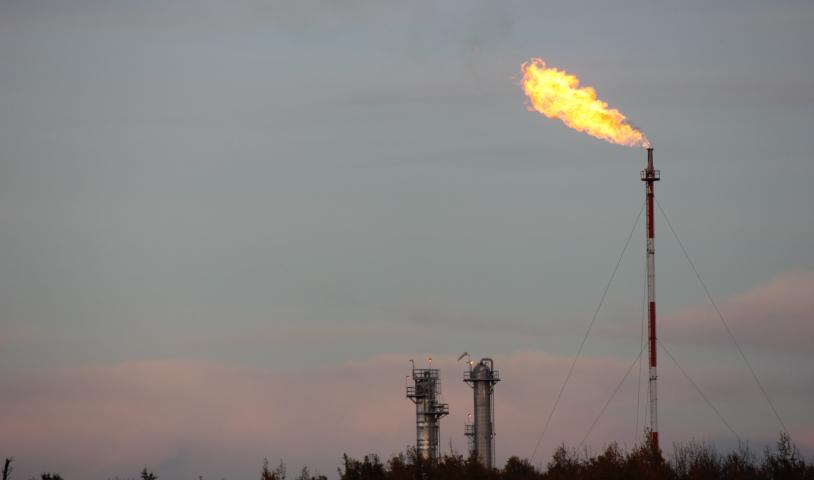Experts warn energy project could harm grizzly population
Tuesday, July 16, 2013Provincial wildlife experts flagged serious concerns last year about the potential impact of the proposed Upper Lillooet power project on endangered grizzly bears, arguing that proposed mitigation plans were not enough to prevent lasting damage to bear habitat and numbers.
“As I have said in several e-mails now, I disagree with the suggestion that this project’s effects on Grizzly bear recovery are mitigated,” Tony Hamilton, a large carnivore specialist with the provincial Ministry of Environment, said in an Oct. 15, 2012 e-mail to colleagues with the subject line “Grizzly Bears – Upper Lillooet.”
“We have not examined those potential cumulative effects in a definitive manner,” Mr. Hamilton wrote in the e-mail. “On the contrary, my last series of brief communications with the proponent’s consultants on cumulative effects apparently had them still denying that there were reasonably foreseeable cumulative effects.”
Mr. Hamilton’s e-mail was among more than 200 pages of documents obtained through a Freedom of Information request filed by the Vancouver-based Wilderness Committee and provided to The Globe and Mail last week by Keep Pemberton Wild, a group that is lobbying against the Upper Lillooet project.
The project, a $400-million joint venture between publicly traded Innergex Renewable Energy Inc. and privately held Ledcor Power Group Ltd., would involve building run-of-river electricity plants on a river and creeks northwest of Pemberton. Initial plans called for three sites but proponents are currently working on plans for two – on Upper Lillooet River and Boulder Creek.
The Lil’Wat First Nation is also part of the project through a revenue-sharing agreement that was announced this year.
B.C. issued a conditional environmental assessment certificate for the project in January.
The Wilderness Committee sought documents related to discussion of grizzly bears in the assessment process after a memorandum filed last year as part of that process suggested the project could harm recovering grizzly bear populations in parts of B.C.
A spokesman for the project said such concerns have been addressed through the environmental assessment process and that proponents had provided extensive documents and information to environmental groups in response to questions about grizzly-bear issues.
“From our perspective, we have a robust grizzly bear mitigation plan in place,” Bas Brusche, public affairs director for Innergex, western region, said on Monday. “We agreed to a whole series of impact and mitigation measures.”
Those include erecting screens and barriers in some areas, training people to avoid interacting with bears and avoiding areas where grizzly bears are known to forage, Mr. Brusche said.
The province approved the project subject to 37 conditions that include a requirement that the proponent develop and implement a grizzly-bear management plan.
Grizzly bears have been “extirpated” in some parts of the province, are deemed “threatened” in others and are considered viable in yet other regions – many of which face development pressure from mining, oil and gas and forestry projects, as well as hydroelectricity proposals.
The documents released under the Freedom of Information request include another e-mail from Mr. Hamilton, dated July 16, 2011, stating that in his opinion, “we are at, or at least very near to, the cumulative effects threshold for ever being able to achieve the Cabinet endorsed Grizzly bear recovery objective in the Upper Lillooet River Valley.”
With its environmental assessment certificate in hand, Creek Power Inc. – the name given to the Innergex-Ledcor partnership – was expected to start road-building for the Upper Lillooet project.
But this month, the Squamish-Lillooet Regional District voted against temporary-use permits that would allow that work to go ahead. Under provincial laws that changed in 2006, the province can override local governments on matters relating to run-of-river projects. Mr. Brusche said Creek Power is working with the SLRD and the province and hopes to begin construction later this year.





